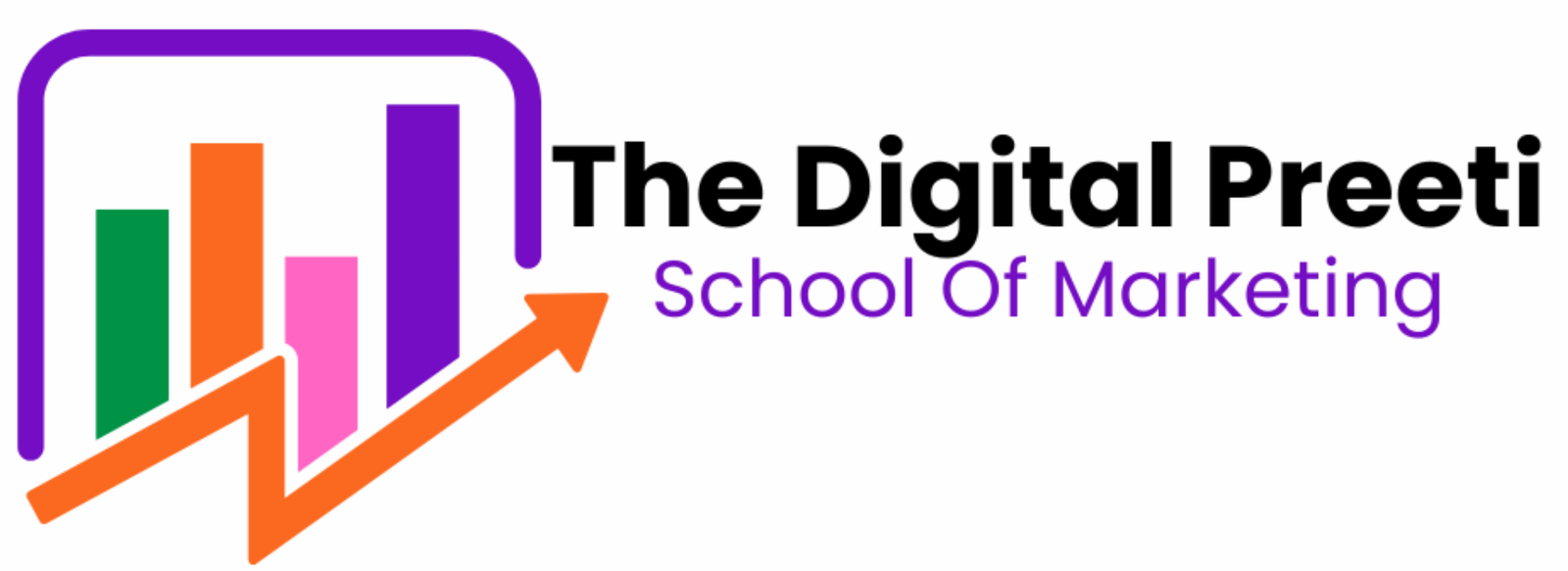In today’s digital world, having a website is not enough. You need to make sure that people can find your website when they search for relevant topics. This is where SEO (Search Engine Optimization) comes in. It helps your website rank higher on search engines like Google, bringing in more visitors.
In this article, how it works, and why it is important for businesses and individuals. We will also include some flowcharts to simplify the concepts.
SEO stands for Search Engine Optimization. It is the process of improving a website so that it ranks higher on search engine results pages (SERPs). The goal is to attract organic (non-paid) traffic to your website.
Think of SEO as a roadmap that guides search engines to understand what your website is about and whether it is useful to users.

Flowchart: How It Works
[User Searches on Google] → [Google Scans Websites] → [Google Ranks Websites] → [User Clicks on a Website]2. Why it is so mportant?
SEO is crucial because it helps websites gain visibility online. Here are some key reasons why SEO matters:
- Increases Website Traffic – The higher you rank on Google, the more visitors you get.
- Improves User Experience – SEO involves optimizing your site for speed, mobile-friendliness, and usability.
- Builds Credibility – Websites that rank high on Google are considered more trustworthy.
- Cost-Effective Marketing – Unlike paid ads, SEO brings free, long-term traffic.
- Competitive Advantage – If your competitors use SEO and you don’t, you might lose potential customers.
3. How Search Engines Work
We need to know how search engines work. The process involves three main steps:
- Crawling: Search engines send bots (spiders) to scan and collect data from web pages.
- Indexing: The collected data is stored and organized in the search engine’s database.
- Ranking: When users search for something, search engines rank web pages based on relevance and quality.
Flowchart: How Search Engines Work
[Crawling] → [Indexing] → [Ranking] → [Search Results]4. Types :
A. On-Page SEO
This involves optimizing individual web pages to improve rankings. Key elements include:
- Keyword Research
- High-Quality Content
- Meta Tags (Title, Description)
- Internal Linking
- Image Optimization
B. Off-Page SEO
This focuses on activities outside your website to boost rankings. Examples include:
- Backlinks (Links from other websites)
- Social Media Sharing
- Guest Blogging
C. Technical SEO
This involves optimizing the technical aspects of your website. It includes:
- Website Speed
- Mobile-Friendliness
- Secure HTTPS Connection
- XML Sitemaps
5. SEO Best Practices
- Use Relevant Keywords: Find and use the right keywords that users search for.
- Create High-Quality Content: Content should be informative, engaging, and valuable.
- Optimize Title & Meta Descriptions: These are the first things users see in search results.
- Use header tags (H1, H2, H3): helps organize content for easy reading.
- Improve Page Load Speed: Faster websites rank better.
- Make Your Site Mobile-Friendly: Most users browse on mobile devices.
- Get Backlinks from Trusted Websites: The more quality backlinks, the better your ranking.
- Use Internal Links: Helps users navigate your site and boosts it.
- Regularly Update Content: Fresh content keeps users engaged.
6. Common SEO Mistakes to Avoid
- Keyword Stuffing (Using too many keywords unnaturally)
- Ignoring Mobile Optimization (Not making the site mobile-friendly)
- Slow Website Speed (Affects user experience and rankings)
- Low-Quality Content (Poor content leads to high bounce rates.)
- Not Using Analytics (Tracking performance helps improve its strategy)
7. How Long Does SEO Take to Work?
It is a long-term process. You won’t see results overnight. It usually takes 3-6 months to notice improvements. Factors that affect SEO speed include
- Competition: High competition keywords take longer to rank.
- Website Age: Older websites may rank faster if they have good authority.
- SEO Efforts: The more effort you put into SEO, the faster you’ll see results.
8. SEO Tools You Can Use
There are many tools available to help with SEO. Some of the best ones are:
| Tool Name | Purpose |
|---|---|
| Google Analytics | Tracks website traffic |
| Google Search Console | Checks website health |
| SEMrush | Keyword research & competitor analysis |
| Ahrefs | Backlink analysis |
| Yoast SEO | Optimizes on-page |
Conclusion
It is an essential digital marketing strategy that helps websites rank higher and gain more visitors. It involves multiple techniques, including on-page, off-page, and technical SEO. By following best practices and avoiding common mistakes, you can improve your site’s visibility on search engines.
It requires patience and continuous effort, but the rewards are worth it. If you want more traffic and better search rankings, start optimizing your website today!
Read Our other blog To get more know about Digital Marketing
